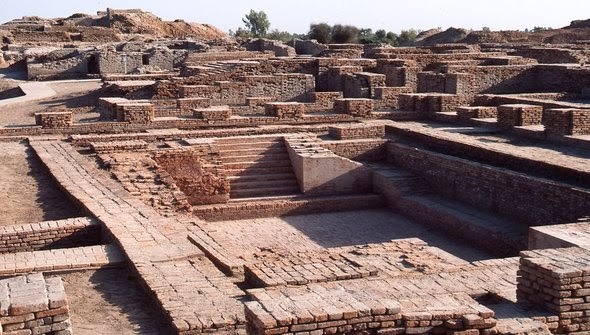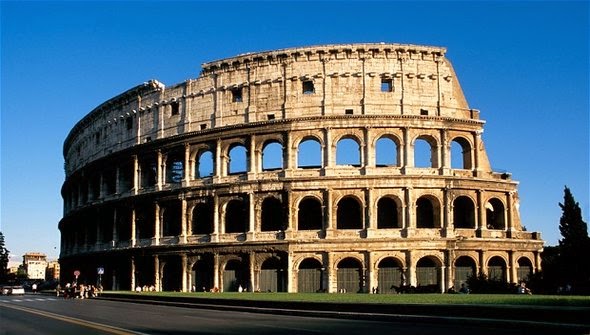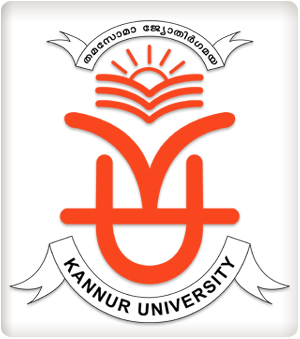Ambani's 34 storey, 800,000-square-foot home Antilia is named after a mythical island in the Atlantic.
Controversies
In 2005, this property was purchased by a Mukesh Ambani controlled entity Muffin - Antilia Commercial Private Limited from the Currimbhoy Ebrahimbhoy Khoja Trust, in direct contravention to § 51 of the Wakf Act.
This land was owned previously by the Currimbhoy Ebrahim Khoja Yateemkhana (Orphanage). This charitable institution had sold the land allocated for the purpose of education of underprivileged Khoja children to Antilia Commercial Private Limited in July 2002 for ₹210.5 million (US$3.3 million). The prevailing market value of land at the time was at least ₹1.5 billion(US$24 million).
The Waqf minister Nawab Malik opposed this land sale and so did the revenue department of the Government of Maharashtra. Thus a stay order was issued on the sale of the land. Also, the Waqf board initially opposed this deal and filed a PIL in the Supreme Court challenging the decision of the trust. The Supreme Court while dismissing the petition asked the Waqf board to approach the Bombay High court. However the stay on this deal was subsequently vacated after the Waqf board withdrew its objection on receiving an amount of
₹1.6 million (US$25,000) from Antilia Commercial Pvt Ltd and issued a "No Objection" certificate.

In 2007 the Allahabad government said the structure is illegal because the land's owner, the Waqf Board, had no right to sell it, as Waqf property can neither be sold nor transferred. Ambani then obtained a No Objection Certificate from the Waqf Board after paying ₹ 1.6 million and began construction. In June 2011, the Union government asked the Maharashtra government to consider referring the matter to the Central Bureau of Investigation.
In regards to the three helipads, the Indian Navy said it will not allow the construction of helipods on Mumbai buildings, while the Environment Ministry, following a representation from Awaaz Foundation, said the helipads violate local noise laws. Issues have also been raised with regards to the construction of an illegal carpark.
In 2011 it was reported that Ambani had yet to move in to the home, despite its completion, for fear of "bad luck". According to Basannt R. Rasiwasia, an expert in Vastu shastra, claims the home does not conform to Vastu requirements. However, Ambani later confirmed that his family had been living there since about September, 2011.
Cost and valuation
Indian media has frequently reported that Antilia is the world's most expensive home costing between US$1 and 2 billion. Thomas Johnson, director of marketing at architecture firm Will and Hirsch Bedner Associates (consulted by Reliance during building floor plan design) told Forbes magazine the residence cost nearly $2 billion. In June 2008, a Reliance spokesman told The New York Times that it would cost $500–$700 million to build.
Public reception
| “ | It's a stupendous show of wealth, it's kind of positioning business tycoons as the new maharajah of India. | ” |
| |
— Hamish McDonald, author of Ambani & Sons: A History of the Business
|
Tata Group former chairman Ratan Tata has described Antilia as an example of rich Indians' lack of empathy for the poor. Tata also said: "The person who lives in there should be concerned about what he sees around him and [asking] can he make a difference. If he is not, then it's sad because this country needs people to allocate some of their enormous wealth to finding ways of mitigating the hardship that people have."
Some Indians are proud of the "ostentatious house", while others see it as "shameful in a nation where many children go hungry". Dipankar Gupta, a sociologist at New Delhi's Jawaharlal Nehru University, opined that "such wealth can be inconceivable" not only in Mumbai, "home to some of the Asia's worst slums", but also in a nation with 42 percent of the world's underweight children younger than five. Recently Ratan Tata said that "It's sad Mukesh Ambani lives in such opulence ole".
Author activist and trained architect Arundhati Roy wondered if by calling their tower Antilia, the "Ambanis hope to sever their links to the poverty and squalor of their homeland and raise a new civilisation?"














.jpg)









